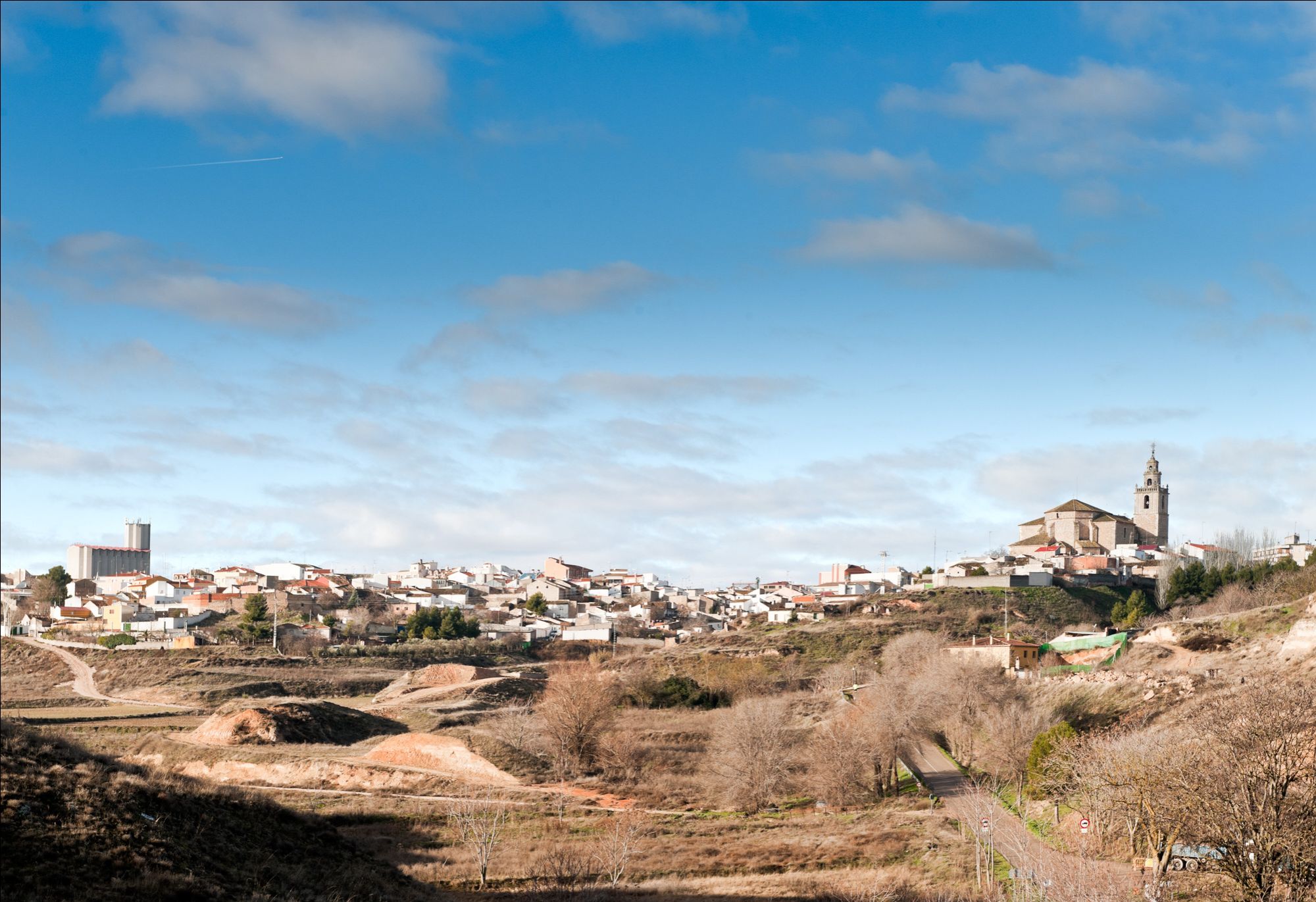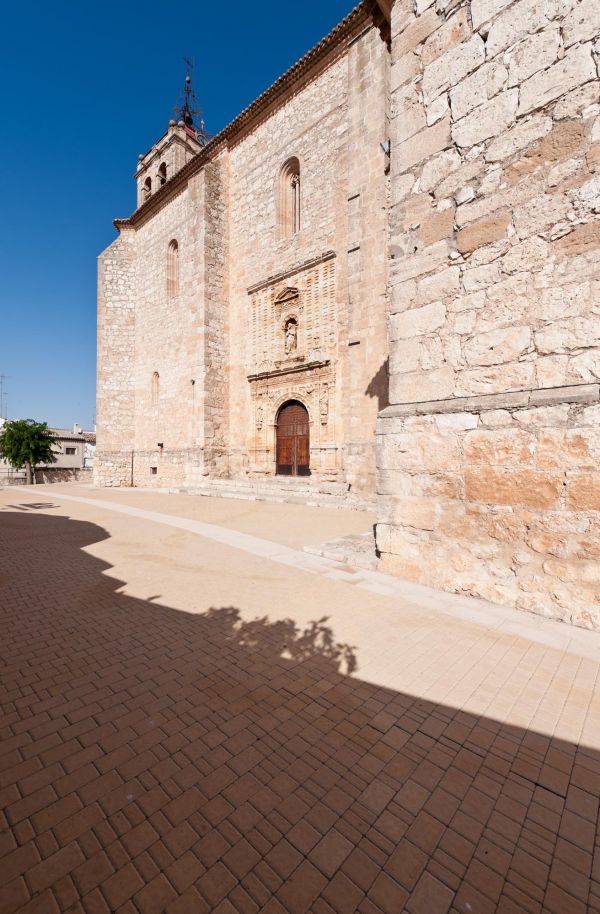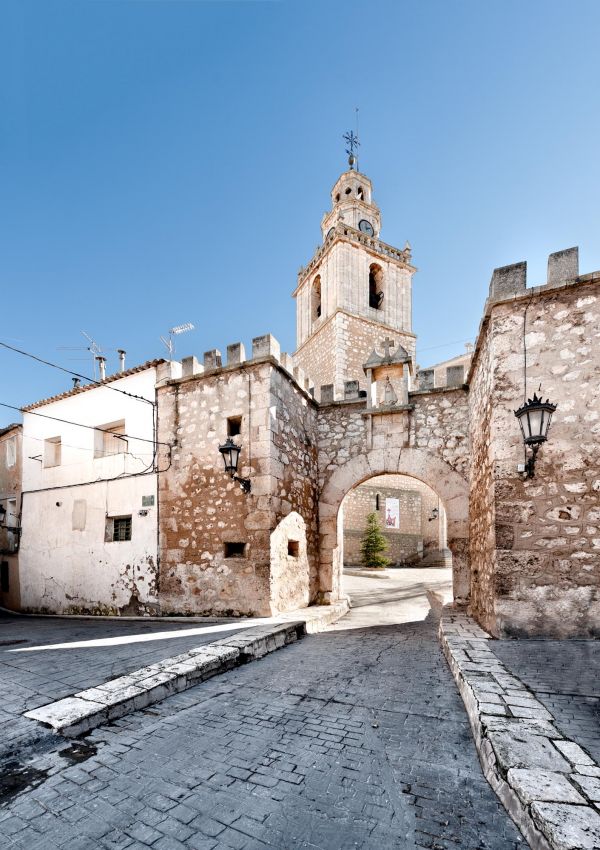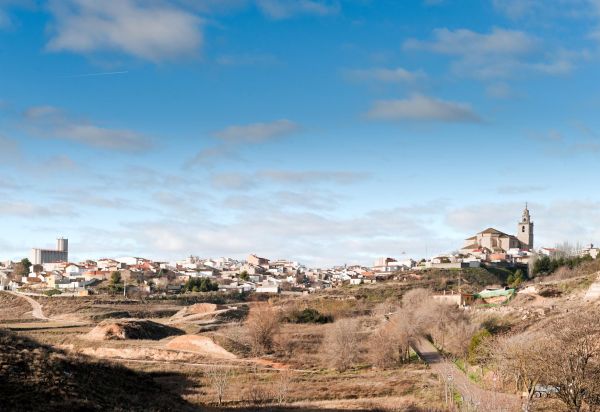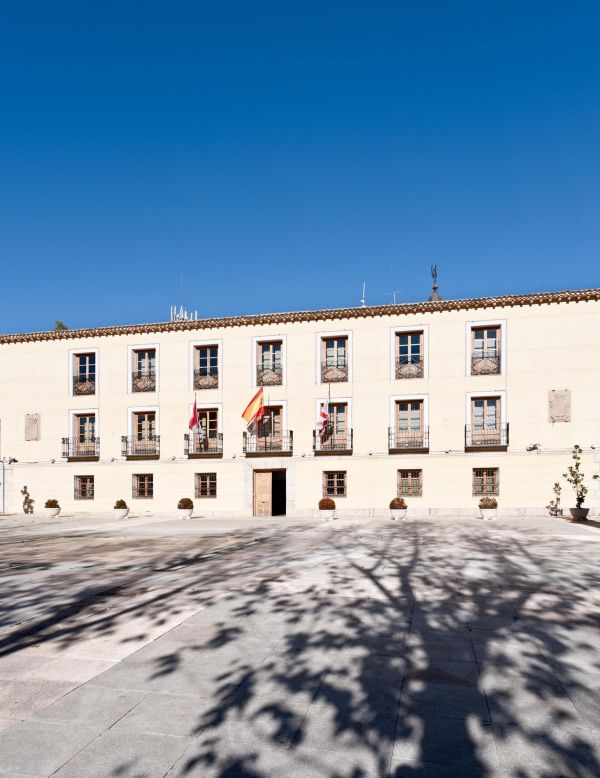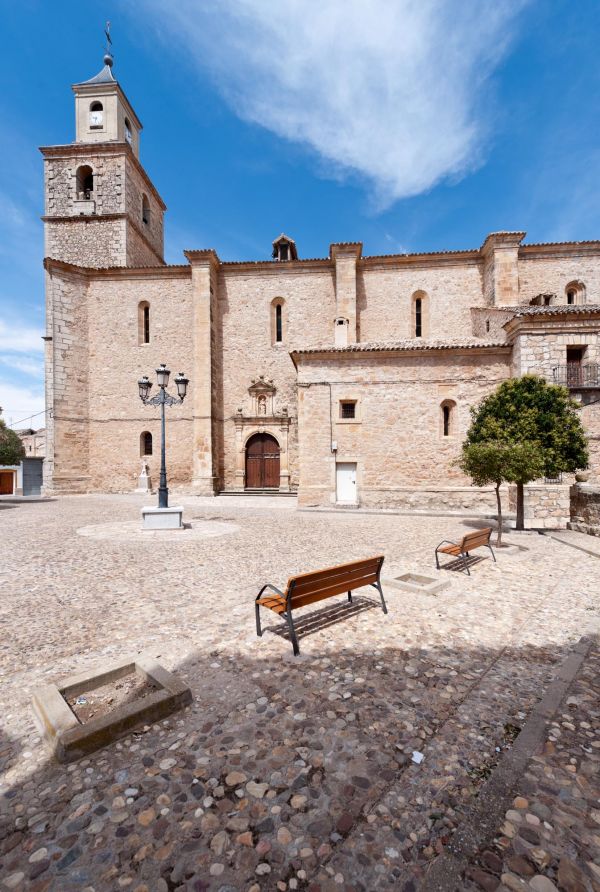The elegant city of Tarancón
Cuenca
The capital of La Mancha Alta near Cuenca, Tarancón, is usually a transit town, as it is an important communications hub via road and train. It’s the second largest town in Cuenca in terms of population, meaning it has a wide range of accommodation and leisure activities on offer. Therefore, we suggest stopping and staying a while to explore.
The city’s old quarter, to the east, is laid out in squares joined by narrow streets and beautiful buildings allow visitors to take a very pleasant stroll through the medieval neighbourhood of Castillejo, the best known part of the town, in part due to the excellent views on offer.
In one of these squares, known as Caño, the imposing Church of Our Lady of the Assumption rises up, declared an Asset of Cultural Interest. The Gothic temple is inside an atrium accessed through the Malena Arch (the oldest element in the town and its emblem); its large tower, known as the Giralda (bell tower) of La Mancha, comprises five square departments and two octagonal ones housing the clock and the iron cross crowning the tower, a work by Luis de Arteaga in the 18th century. Inside, don’t miss the main altarpiece, a work by Pedro de Villadiego, in the Plateresque style. It is made of pine wood with the image of the Assumption in its central niche and a Calvary in the attic.
In the Town Hall square, we’ll come across one of the town’s most important noble houses: the Palace of the Dukes of Riánsares, made by the same man who built the Congress Centre (Palacio de Congresos) in Madrid, Narciso Pascual, which the nobleman gifted his wife, Queen Regent María Cristina of Bourbon; the building has two patios and a very interesting Elizabethan-style grille. The Queen and the Duke spent some spells in Tarancón and the Palace was used for large courtesan festivities. When the Duke passed away, the palace was abandoned and stripped of even the furnishings. The railings marking the boundaries of its gardens and parade ground disappeared in the 1930s.
Just a few metres away, there is the old seminary of the Padres Somascos, an eye-catching construction now abandoned, and the municipal market.
Other noteworthy building is the Casa Parada (15th-16th century), a small, three-storey treasure with a classical outdoor patio. It currently houses the Contemporary Art and Historical Archive Museum. It originally had one of the city’s most unique façades, with its 18th-century stone wall, covered with arches on the jambs and a jack arch. The house was used as accommodation for royal figures, including Charles V, and even Queen Isabella “the Catholic”.
The Franciscan Convent (18th century) is the last vestige of what was the finest convent held by the Order of the Capuchins in all Castile. It was built in the eye-catching San Pedro square (outside the walls) and is now known as the central Convent roundabout. It was the French army’s headquarters in the War of Independence and was sacked and destroyed during the Spanish Civil War. In 1942, it was handed over in perpetual usufruct to the minor Franciscans, who later rebuilt the church.
A very special place for Taracón elite is the Riánsares Sanctuary, on the banks of the river of the same name, just 5 km from the town. Tradition has it that it was the Visigoth King, Reccared I, who handed over the image of the Virgin to the Benedictine nuns at the shrine existing at the time, after recovering quickly from a serious illness. In 1846, after confiscation, it was acquired by the Duke of Riánsares, who restored the temple and built a palace next to it, reviving the festivals and pilgrimages paying homage to the patron saint of Tarancón. The local people make the pilgrimage to admire the plains, pathways and pine forests in the surrounding area. Inside, there is a crypt with the remains of the duke and his family.
The traditional festivals include the famous Living Passion at Easter, whose scenes are recreated in specific parts of the old town. It has been declared a Festival of Regional Tourist Interest.
For over two decades, during Carnival, a fairly unique event is celebrated in the town that receives thousands of visitors: a 1960s-themed party. It is an extensive, well-organised event offering a wide range of activities for having fun all weekend. In the Town Hall square, a market featuring apparel and accessories from the sixties is set up; parades with children take place in the main streets of the city until arriving at the Auditorium, where different bands play in honour of that decade.
May also be of interest to you
Castilla-La Mancha Tourism in 2023. All rights reserved.
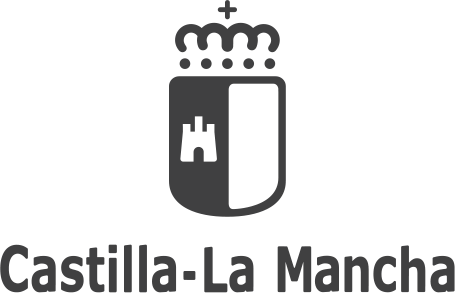
 365
365
